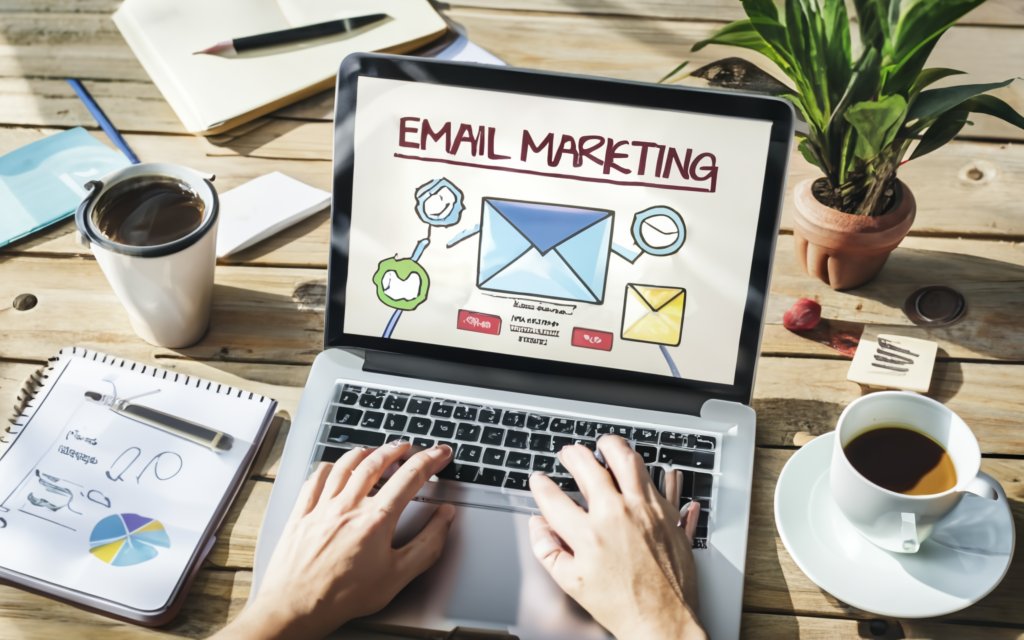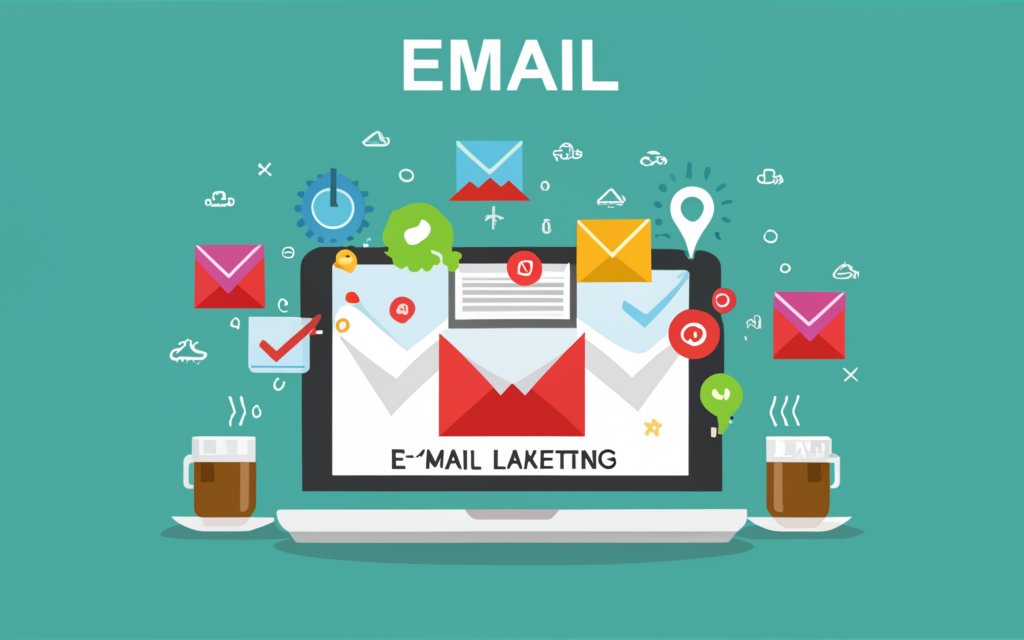Introduction
Table of Contents
Toggle
In the evolving landscape of digital marketing, email remains one of the most effective channels for reaching and engaging with your audience. Despite the rise of social media and other forms of digital communication, email marketing continues to deliver impressive ROI. To make the most of this powerful tool, it’s essential to employ proven techniques that can help you expand your reach and engage your subscribers more effectively. Here are some key strategies to consider:
1. Segment Your Email List [Unlocking Your Potential: Proven Email Marketing Techniques for Expanding Your Reach]

Segmentation is a crucial technique that involves dividing your email list into smaller, more targeted groups based on specific criteria. This could include demographics, past purchase behavior, or engagement levels. By tailoring your messages to these segmented groups, you can ensure that the content is relevant to the recipients, thereby increasing open and click-through rates. For example, a retail business might create separate segments for new customers, repeat customers, and inactive customers, crafting personalized messages for each group.
2. Personalize Your Emails

Personalization goes beyond just addressing the recipient by their first name. It involves using data to tailor the content of your emails to the individual preferences and behaviors of your subscribers. This can include recommendations based on past purchases, personalized subject lines, or tailored content that aligns with the recipient’s interests. Studies show that personalized emails can generate up to six times higher transaction rates compared to non-personalized emails.
3. Craft Compelling Subject Lines

The subject line is the first thing your recipients see, and it significantly influences whether they open your email. A compelling subject line should be concise, clear, and enticing. It should also create a sense of urgency or curiosity, encouraging the recipient to open the email. Avoid using all caps or excessive punctuation, as these can trigger spam filters. Testing different subject lines through A/B testing can help you determine what resonates best with your audience.
4. Optimize for Mobile

With a significant portion of emails being opened on mobile devices, it’s crucial to ensure your emails are mobile-friendly. This means using a responsive design that adjusts to different screen sizes, keeping the email layout simple, and using large, readable fonts. Additionally, make sure your call-to-action buttons are easy to tap on a mobile screen.
5. Use Automated Campaigns
Automation allows you to send targeted emails based on specific triggers, such as a welcome series for new subscribers, cart abandonment reminders, or re-engagement campaigns for inactive subscribers. Automated emails save time and ensure timely communication with your audience. For instance, a welcome email series can introduce new subscribers to your brand, provide valuable content, and encourage them to make their first purchase.
6. Focus on Content Quality
The content of your emails should provide value to your subscribers. This could be in the form of educational content, exclusive offers, or engaging stories. High-quality content not only keeps your subscribers interested but also positions your brand as a trusted authority in your industry. Ensure your emails are well-written, visually appealing, and aligned with your brand’s voice.
7. Test and Analyze
Regular testing and analysis are essential to understand what works and what doesn’t in your email marketing efforts. A/B testing different elements of your emails, such as subject lines, content, images, and call-to-action buttons, can provide valuable insights. Additionally, analyzing key metrics like open rates, click-through rates, and conversion rates will help you identify areas for improvement and optimize your future campaigns.
8. Encourage Social Sharing
Encouraging your subscribers to share your emails on social media can significantly expand your reach. Include social sharing buttons in your emails and create content that is shareable and engaging. You can also incentivize sharing by offering rewards or exclusive discounts for referrals. This not only increases your reach but also brings in new subscribers through word-of-mouth.
9. Maintain a Consistent Sending Schedule
Consistency is key in email marketing. Establishing a regular sending schedule helps you stay top-of-mind with your subscribers and sets expectations for when they will hear from you. However, it’s important not to overwhelm your audience with too many emails, which can lead to unsubscribes. Find a balance that keeps your audience engaged without becoming intrusive.
10. Clean Your Email List Regularly
Maintaining a clean email list is crucial for ensuring high deliverability rates. Regularly remove inactive subscribers, invalid email addresses, and those who haven’t engaged with your emails for a long time. This helps improve your sender reputation and ensures that you are only targeting those who are genuinely interested in your content.
11. Leverage User-Generated Content
Incorporating user-generated content (UGC) into your emails can build trust and authenticity. This could include customer reviews, testimonials, or user-submitted photos. UGC not only engages your current subscribers but also encourages them to contribute their content, fostering a sense of community and loyalty.
12. Comply with Legal Requirements
Ensure that your email marketing practices comply with legal requirements such as the CAN-SPAM Act in the United States or the GDPR in the European Union. This includes providing a clear and easy way for subscribers to opt-out of your emails, including your physical mailing address, and obtaining explicit consent from subscribers.
- In our comprehensive guide on launching a successful digital marketing agency, we recommend leveraging external resources to enrich your knowledge and stay updated with industry trends. Here are some valuable resources to explore:
Conclusion
Email marketing remains a potent tool for businesses looking to expand their reach and engage their audience effectively. By implementing these proven techniques—segmentation, personalization, compelling subject lines, mobile optimization, automation, quality content, testing and analysis, social sharing, consistent scheduling, list cleaning, leveraging user-generated content, and legal compliance—you can enhance your email marketing strategy and achieve better results. As with any marketing strategy, the key is to continuously learn, adapt, and refine your approach based on your audience’s preferences and behaviors.


 Transform Your Wii into a Retro Gaming Powerhouse
Transform Your Wii into a Retro Gaming Powerhouse